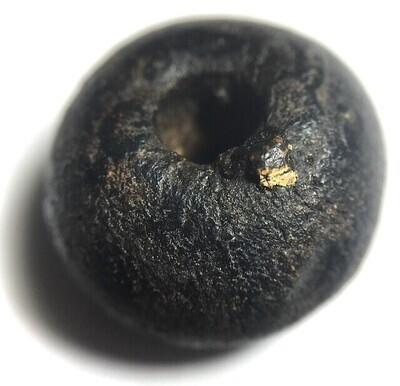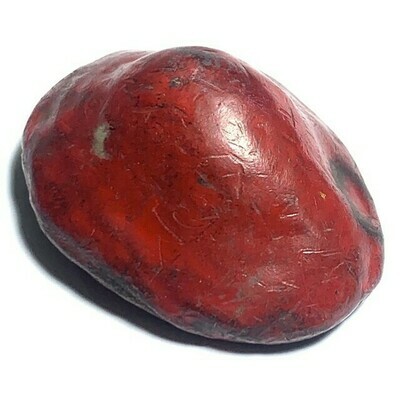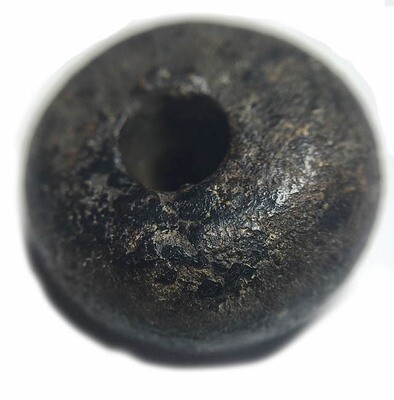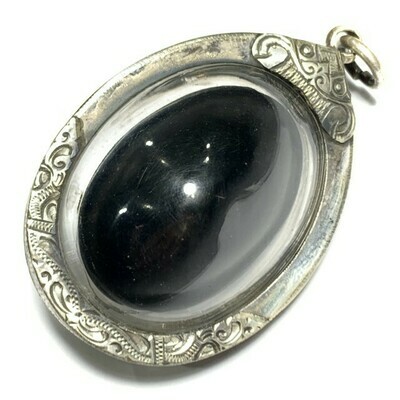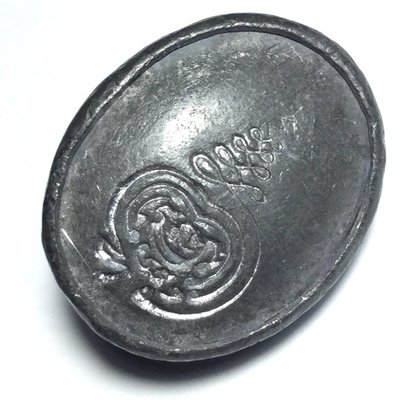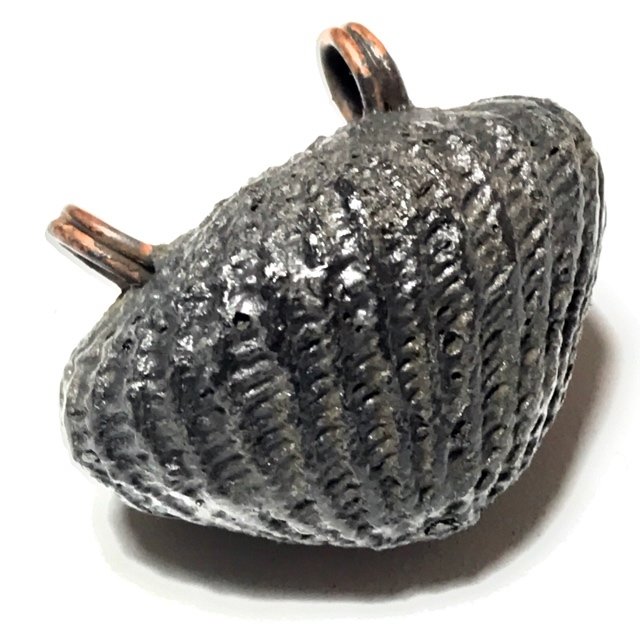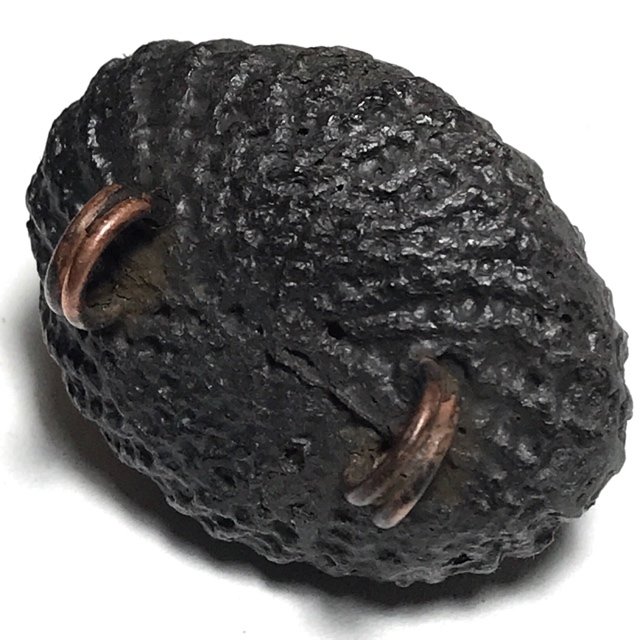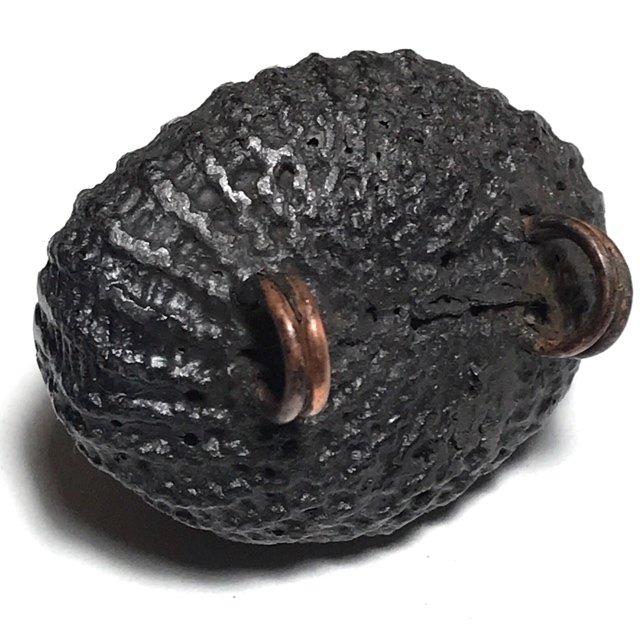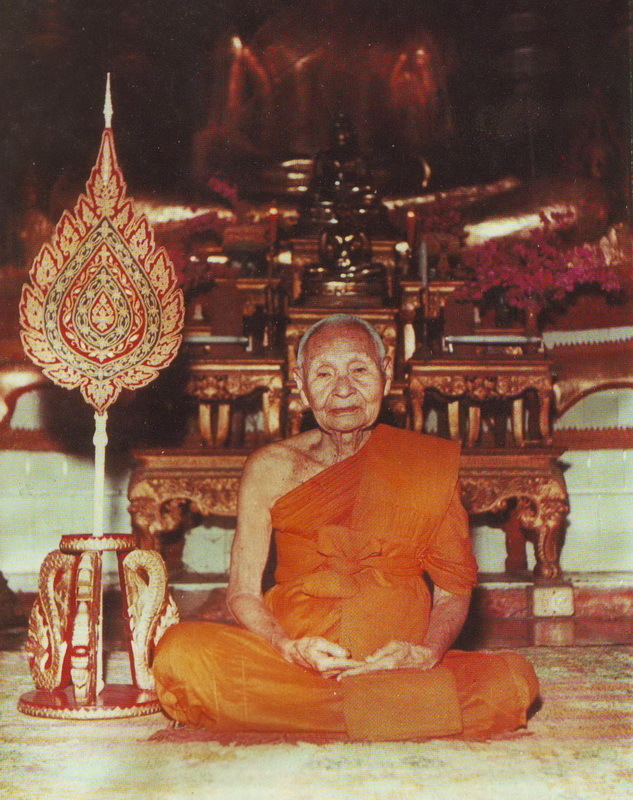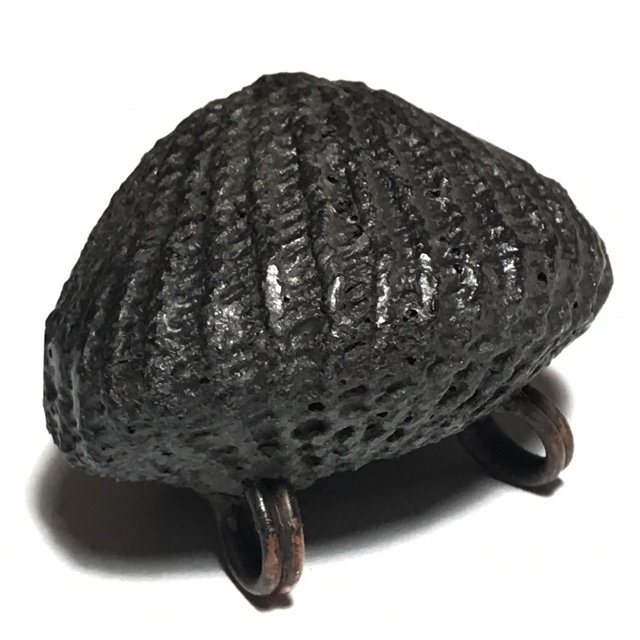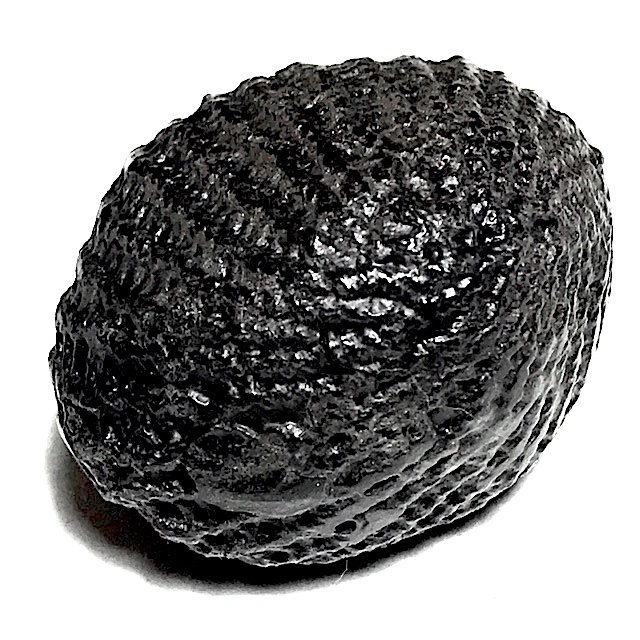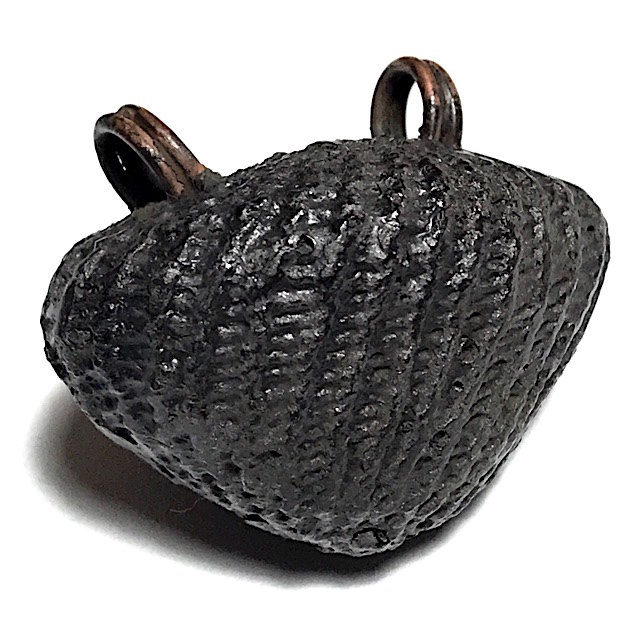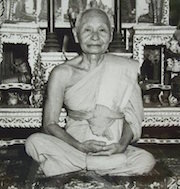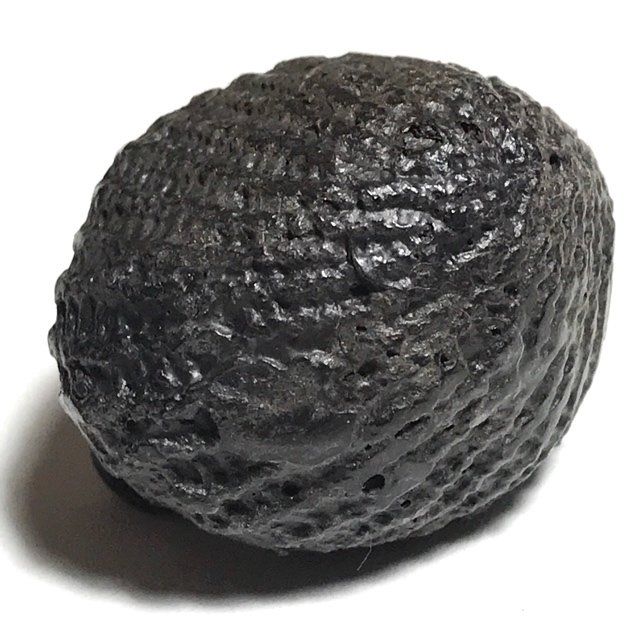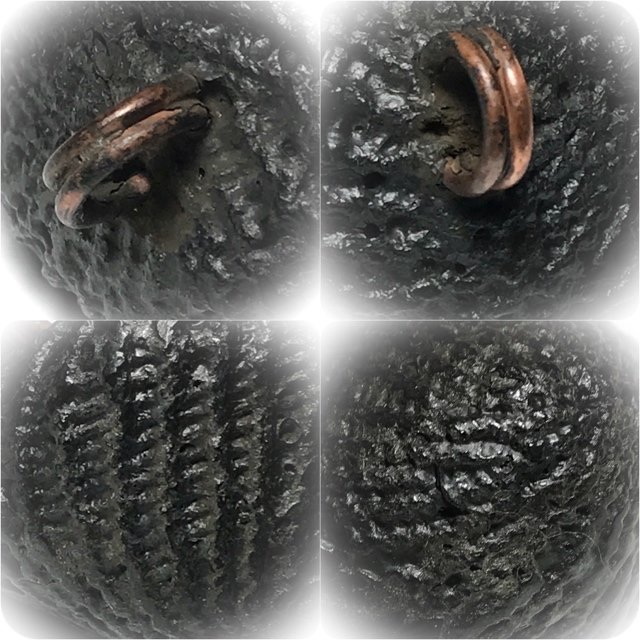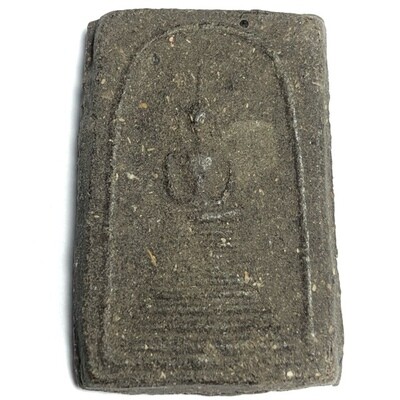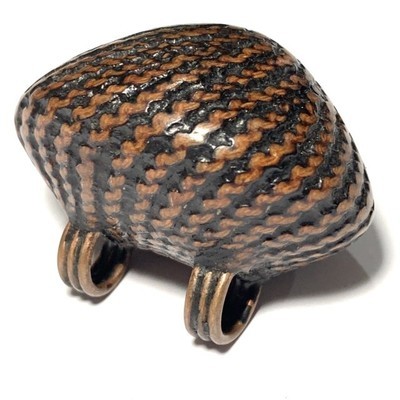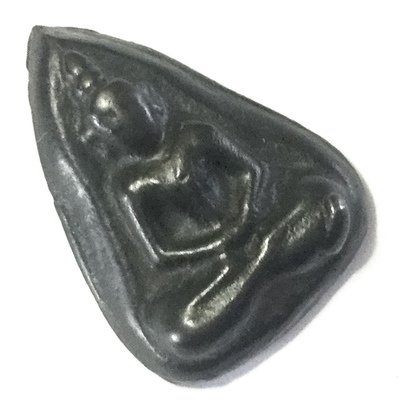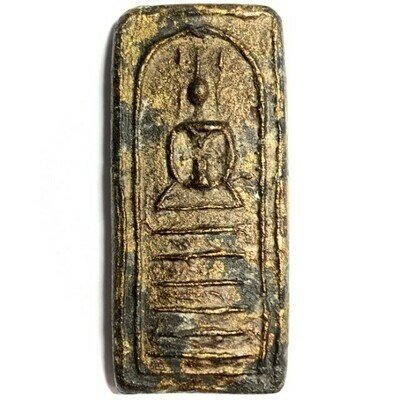
Ancient Amulet Store – Purveyors of preferred Classic Thai Buddhist Amulets for the True Devotee and Distinguished Collector
Discover the immensely deep and fascinating world of Vintage Thai Buddhist Amulets. Ancient Amulet is a long term established and internationally recognized Vintage Amulet Shop, and A Trusted Source for Classic Thai Buddhist Amulets for Devotees and Discerning Collectors, and is one of the many sub projects of informational sources created by Thai Amulet, Buddhism and Thai Occult Expert, Ajarn Spencer Littlewood . as part of his ‘Buddha Magic Project‘
Ancient Amulet provides authentic Antique and Rare Thai Amulets of the Pre and Early Post-Modern Era, of high esteem and Sacred Value, to revere, study and collect. Our Ancient Thai Buddhist Amulets are selected from the finest exhibits we can discover, and given diligent study and authentication processes. Our collection showcases time-honored amulets crafted by ancient masters, boasting captivating qualities and representing the esteemed Pra Niyom class. We offer authentic, highly valued ancient Thai Buddhist amulets from the pre and early post-modern eras, carefully selected from the finest exhibits and thoroughly examined. We invite you to study, revere, and collect these classic amulets from ancient masters, and to learn about their magical aspects and the art of amulet evaluation
Bia Gae Sorng Huang Thak Chueak Long Rak - Luang Phu Perm Wat Klang Bang Gaew
Sacred Bia Gae Cowry shell Talismanic Charm with cord wrap and herbal lacquer coating, two ringed version (song huang), from the Great Luang Por Perm, of Wat Klang Bang Gaew. The Bia Gae Jon of Luang Phu Perm is an extremely rare and classic amulet from four generations of abbots ago, from the Great Master Monk of Olden Days, Luang Phu Perm (2429 - 2526 BE) of Wat Klang Bang Gaew, in Nakorn Pathom. This exhibit is especially sacred and desirable for its excellent condition
Luang Phu Perm always preserved the Dtamra of the Pantheon of Wat Klang Bang Gaew amulets, first famously revered for Luang Phu Bun, and then by Luang Phu Perm, and Ajarn Bai, continuing through time to be passed on to Luang Phu Juea, who is also now passed, with the Wicha continuing at Wat Klang Bang Gaew with Luang Por Kong (Sanya). The Wicha Bia Gae is considered to by synonimous with the temple of Wat Klang Bang Gaew for its long lineage of Master Adepts, and is a member of the top five 'Benjapakee' of all Bia Gae of all Time, along with the Bia Gae of Luang Phu Rod of Wat Nai Rong, Luang Phu Bun (Wat Klang Bang Gaew), Luang Por Pat of Wat Bote (Ang Tong), and Luang Por Kam of Wat Po Bplam.
Luang Phu Perm would always tell his devotees when handing out amulets to them, to be mindful of not being unskilful and commit deeds which lead to regrets, and to always think of the triple gem (Buddha, Dhamma, Sangha). These were his main rules, simple and easy to understand.
An olden days classic Talismanic Charm,, of immense rarity, from the second of the four Great Masters of the Wicha Luang Phu Bun Lineage. An esteemed member of the top 5 Bia Gae of all History.
The amulets of Luang Phu Perm enjoy the same level of appreciation as those of his predecessor and Kroo Ba Ajarn, Luang Phu Bun, and are amongst the most highly sought after, and difficult to find of the Masters of this Great Temple with so many consecutive Generations of Top Master Monks.
Luang Phu Perm was the closest of all monks to Luang Phu Bun himself, being under his tutelage and in his service daily since his early ordination as a Samanera at the age of 8 years old. Luang Phu Perm hence remained also pure of the ways of the world, being a Bhikkhu since childhood, and learning the Wicha of Luang Phu Bun since a very young age.
Luang Por Perm followed the World Famous Dtamra Wicha Saiyasart the Great Luang Phu Bun, of Wat Klang Bang Gaew, inheriting all of the Wicha Bia Gae from Luang Phu Bun, and Mastery of the fomulas of the special and famously powerful Muan Sarn Sacred Powders of Ya Wasana Jinda Manee, and Ya Khamin Sek. The Wicha Luang Phu Bun, and the formulas of these two special Muan Sarn powders, along with a large number of classic Buddhist Amulet models, and of course the Bia Gae Cowrie shell amulet, are special Wicha, for which the temple of Wat Klang Bang Gaew, and the lineage of the four last abbots of the temple are all world famous for.
The Pong Ya Wasana Jinda Manee of Luang Phu Bun has become almost mythological in its fame for the powers it contains, and is one of the main Muan Sarn Sacred Powder substances used in the amulets of all Masters who came before and after Luang Phu Bun at the Temple of Wat Klang Bang Gaew, beginning with Luang Por Bun, Luang Por Perm, Ajarn Bai, Luang Por Juea, and onwards to the present Wicha holder, Luang Por Kong (Sanya). The Wicha Pong Ya Wasana Jinda Manee is considered to be synonymous with the temple of Wat Klang Bang Gaew, and it is common knowledge that this is an inheritance from the great Luang Phu Bun. The Pong Ya Wasana Jinda Manee Muan Sarn Powders of Luang Phu Bun (also known as 'Pra Ya Horm') is a very aromatic Sacred Powder, which uses of course the famous 'Ya Wasana.
The word 'Wasana' (meaning Lucky Fortunes), along with Pong Khmain Sek (Enchanted Cumin) is the most famous Muan Sarn of Luang Phu Bun, and has become his Legendary 'Dtamra' (Traditonal Legend of Inheritance Wicha). The Wicha of Ya Wasana Jinda Manee was developed by Luang Phu from an Ancient Teaching through his Kroo Ba Ajarn, and has since his making the Muan Sarn famously powerful, has been inherited as a Wicha of Muan Sarn powder making for the amulets of the Wat Klang Bang Gaew lineage
The Legendary Wicha of Wat Klang Bang Gaew masters, began the legendary lineage sorcery with the Great Luang Phu Bun, followed by Luang Phu Perm, who succeeded Luang Phu Bun as new abbot after his passing, in 2489 BE.
Luang Phu Perm remained abbot of the temple until his passing in the year 2526 BE, and was succeeded by Ajarn Bai, who was then succeeded by the next abbot in this lineage Wicha of Wat Klang Bang Gaew, Luang Phu Juea Bpiyasilo. Luang Phu Juea also passed away some years ago, and has been succeeded by the 4th abbot, Luang Por Sanya (Kong).
Luang Phu Perm and indeed all of the abbots of Wat Klang Bang Gaew, were the most famous Masters for the Wicha Bia Gae Cowrie Shell animist charm, which are legendary and extremely rare Pra Niyom category Talismanic amulets, most of which already reside in personal shrines, with their owners and wearers, and in High End Auction Rooms, fetching elevated prices. Their magical power is the major factor in what has brought the amulets of the Wat Klang Bang Gaew lineage all fall into the high end Pra Niyom Category, because of the demand and rarity of their acquisition, and the belief in their magic power.
Wat Klang Bang Gaew is an Ancient Temple in Nakorn Pathom. It is home to a Lineage History of these 4 great Ordained Masters, 3 who have Passed On (Luang Phu Bun, Luang Por Perm & Luang Phu Juea), and the Current Master, Luang Por Kong (Sanya). Luang Por Sanya is proving to continue in the same Trajectory as his Predecessors, and has created a long History of Deeds and released a large Pantheon of Amulets in the Lineage tradition of his Mentors, Luang Phu Bun, Luang Por Perm and Luang Phu Juea.
The Wat Klang Bang Gaew Master Lineage is a fantastic choice for Hunters & Collectors of Fine Master Class Amulets. This is because the Amulets of this Temple, and its Masters, range from the present Day master Luang Por Kong (Sanya), back through Luang Phu Juea, Luang Por Perm, and on, to the Great Luang Phu Bun.
A powerful continued Lineage of Masters have brought Wat Klang Bang Gaew to the Forefront of both the Ancient and the Modern Amulet Scenes, stretching back to the times of Luang Phu Bun, through the Era of Luang Por Perm, Ajarn Bai, and the Great Luang Phu Juea Bpiyasilo, to its present Wicha holder, Luang Por Sanya (Kong).
Kata Aaratanaa Pra Krueang
Puttang Aaraatanaanang
Tammang Aaraatanaanang
Sangkang Aaraatanaanang
Puttang Prasittimae
Tammang Prasittimae
Sangkang Prasittimae
Chant this Kata 3 times whenever you are about to place the amulet neckchain over your head or put on the amulets, and also when you take them off. The Kata calls upon the power of the Buddha, Dhamma and Sangha to be with you and protect and Guide you
